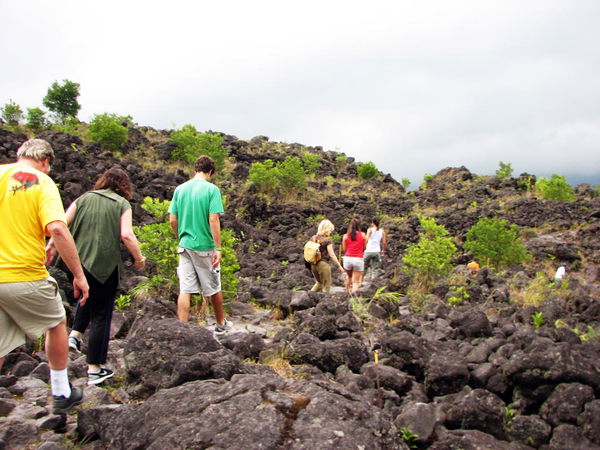
Imago
OLYMPUS DIGITAL CAMERA

Imago
OLYMPUS DIGITAL CAMERA
Adventurous spirits often ignore laws and tread through risky paths to quench their cravings for new exploration. However, authorities from different countries are now exercising stringent laws to restrict enthusiasts from embarking on risky hiking journeys. Costa Rica is one such country, known for its natural beauty and active volcanoes. The country is trying to cease this dangerous trend of illegal volcano climbing.
Watch What’s Trending Now!
The perilous activity revolving across the country associated with the ascending of volcanoes like Arenal, Turrialba and Rincon de la Vieja has raised serious concerns. In order to tackle the situation, the country is seeking the help of strict law and order.
ADVERTISEMENT
Defying the law while hiking perturbs Costa Rican officials
Hiking near volcanic craters, the Rincon de la Vieja, for instance, is extremely perilous and is thus considered illegal. Javier Pacheco on behalf of the Volcanological and Seismological Observatory (OVSICORI) reported in The Tico Times, “ The road they follow is called ‘lomo del burro’. They are about 300 meters from the active crater Rincon de la Vieja and therefore, they are in prohibited territory.”
Top Stories
Cowboys Fire Defensive Coordinator Matt Eberflus: Contract, Salary, NFL Earnings & More

Adam Peaty Faces Gordon Ramsay’s Sly Dig Amid Parents’ Controversial Wedding Absence

Russell Wilson Announces Retirement Stance as Giants QB Shares Hidden Injury News

Marina Mabrey Is Raising Eyebrows Again With Fiery Unrivaled Confrontation

Huge Fire Destroys Over 125-Year-Old Golf Club Designed by 5x Open Winner in London – Report

Dolphins Reportedly Indecisive About Mike McDaniel as GM Search Kicks Off

The act of hiking near these craters can lead to multifaceted risks resulting in experiencing potential dangers of eruptions. They may get injured from the hurling of rock fragments flared up during the explosion as well as the deadly gases can asphyxiate the climbers claiming their lives. Rapidly changing volcanoes like Rincon de la Vieja have dynamic systems that enhance the unpredictability making hiking ventures even more dangerous. However, the hikers often get beguiled by the excitement and look for unfair ways to execute their adventure.
ADVERTISEMENT

ADVERTISEMENT
The factors concerning the conservation authorities to restrict illegal hikes
Even after implementing strict law and order, the hikers fall prey to con tricks performed by different carriers. The guides and the tourist companies promote this unlawful and risky activity of hiking near active craters as their unique selling point.
ADVERTISEMENT
On the other hand, the hikers who have already traveled through these routes post pictures and videos on social media tempting others to go on these risky adventures. Often these people make use of the early morning hours when there is negligible security surveillance. They also take advantage of side paths and detours to reach the sites evading the authorities.
Apart from having a hazardous impact on their health, tourists also encounter rough terrain and may get involved in negative interactions with wildlife. The constant use of these paths also leads to damage to vegetation. Furthermore, the restricted areas hurdles the entry of rescue teams impeding the speed of evacuation in an emergency.
Costa Rica is trying its best to urge the public to avoid touring these prohibited zones. The volcanic areas are massive and the unpredictability of the volcanoes has made the situation more worrisome. The conservation authorities have requested the public to report any suspicious activities to ensure the safety of every citizen.
ADVERTISEMENT
Watch This Story: The Hiker’s Paradise: % U.S. Cities With Must-Visit Trails According to Experts
ADVERTISEMENT
ADVERTISEMENT
ADVERTISEMENT

